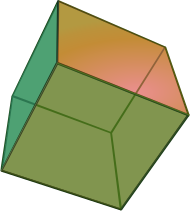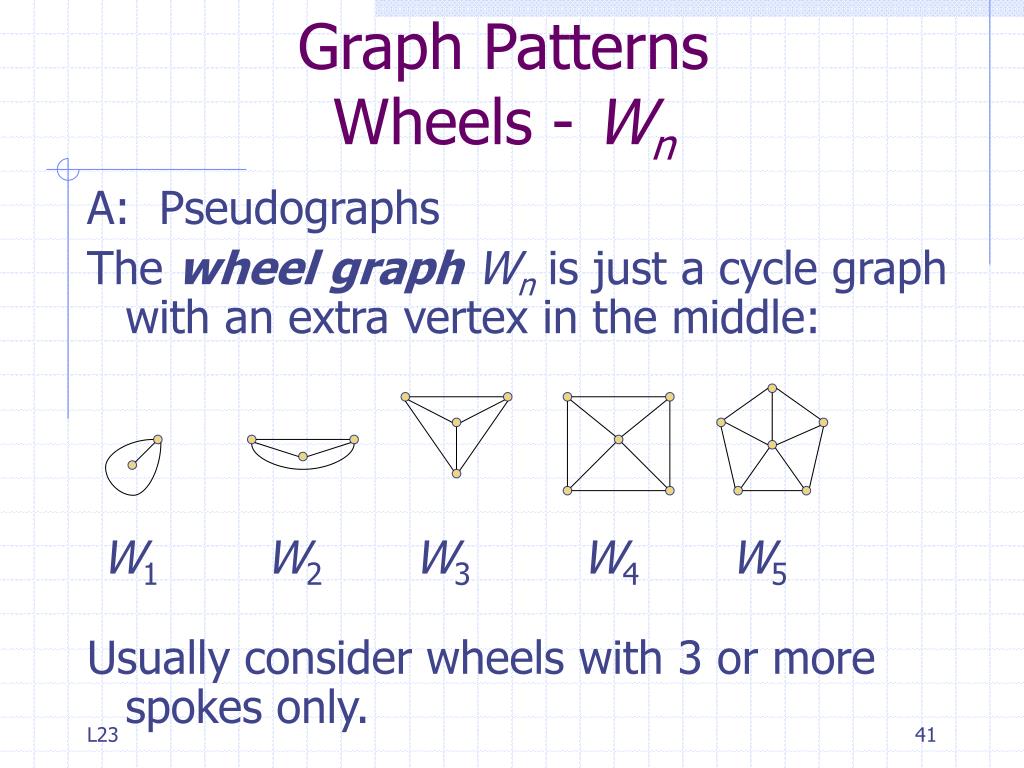
The number of m-dimensional hypercubes (just referred to as m-cube from here on) on the boundary of an n-cube is, where and n! denotes the factorial of n.įor example, the boundary of a 4-cube (n=4) contains 8 cubes (3-cubes), 24 squares (2-cubes), 32 lines (1-cubes) and 16 vertices (0-cubes). The number of vertices (points) of a hypercube is 2 n (a cube has 2 3 vertices, for instance).Ī simple formula to calculate the number of "n-2"-faces in an n-dimensional hypercube is: 2 n 2 − 2 n ElementsĪ hypercube of dimension n has 2 n "sides" (a 1-dimensional line has 2 end points a 2-dimensional square has 4 sides or edges a 3-dimensional cube has 6 2-dimensional faces a 4-dimensional tesseract has 8 cells). A fourth family, the infinite tessellations of hypercubes, he labeled as δ n.Īnother related family of semiregular and uniform polytopes is the demihypercubes, which are constructed from hypercubes with alternate vertices deleted and simplex facets added in the gaps, labeled as hγ n. The other two are the hypercube dual family, the cross-polytopes, labeled as β n, and the simplices, labeled as α n. The hypercube (offset) family is one of three regular polytope families, labeled by Coxeter as γ n. The hypercubes are one of the few families of regular polytopes that are represented in any number of dimensions. Its edge length is 2, and its n-dimensional volume is 2 n. This form is often chosen due to ease of writing out the coordinates. It has an edge length of 1 and an n-dimensional volume of 1.Īn n-dimensional hypercube is also often regarded as the convex hull of all sign permutations of the coordinates. CoordinatesĪ unit hypercube of n dimensions is the convex hull of the points given by all sign permutations of the Cartesian coordinates. The 1-skeleton of a hypercube is a hypercube graph. This process of sweeping out volumes can be formalized mathematically as a Minkowski sum: the d-dimensional hypercube is the Minkowski sum of d mutually perpendicular unit-length line segments, and is therefore an example of a zonotope. This can be generalized to any number of dimensions. 4 – If one moves the cube one unit length into the fourth dimension, it generates a 4-dimensional unit hypercube (a unit tesseract). 3 – If one moves the square one unit length in the direction perpendicular to the plane it lies on, it will generate a 3-dimensional cube. 2 – If one moves this line segment its length in a perpendicular direction from itself it sweeps out a 2-dimensional square. 1 – If one moves this point one unit length, it will sweep out a line segment, which is a unit hypercube of dimension one. 0 – A point is a hypercube of dimension zero.
#Q4 hypercube how to
177 ( 2007) 1782–1788.A diagram showing how to create a tesseract from a point. Xu, On reliability of the folded hypercubes, Inf. Liu, A structural property of enhanced hypercube, Sixth International Conference on Electronics and Information Engineering (2015). Lai, On the maximal connected component of hypercube with faulty vertices, Inter. Liu, Properties of enhanced hypercube networks, J.

Wang, Diagnosability of enhanced hypercubes, IEEE Trans Comput. Esfahanian, Generalized measures of fault tolerance with application to n-cube networks, IEEE Trans. Latifi, Properties and performance of folded hypercubes, IEEE Trans. Lee, The relationship between g-restricted connectivity and g-good-neighbor fault diagnosability of general regular networks, IEEE Trans. Murty, Graph Theory (Springer, Berlin, 2008). Yin, Reliability measure of multiprocessor system based on enhanced hypercubes, Discret.

Yang, Reliability analysis of the augmented cubes in terms of the extra edge-connectivity and the component edge-connectivity, J. Feng, Reliability measures in relation to the h-extra edge-connectivity of folded hypercubes, Theor. Tian, Reliability analysis of bijective connection networks in terms of the extra edge-connectivity, Inf. Li, On reliability of the folded hypercubes in terms of the extra edge-connectivity, Inf. Vumar, The extra connectivity of the enhanced hypercubes, Theoret. Chen, The extra connectivity of enhanced hypercubes, Inter. Ma, The h-extra connectivity of k-ary n-cubes, Theoret. Hsieh, On 3-extra connectivity and 3-extra edge connectivity of folded hypercubes, IEEE Trans. Zhou, On g-extra connectivity of folded hypercubes, Theor. Zhou, On g-extra connectivity of hypercube-like networks, J. Meng, Extraconnectivity of hypercubes, Appl. Harary, Conditional connectivity, Networks 13 ( 1983) 347–357. Fiol, On the extraconnectivity of graphs, Discret. Xu, Topological Structure and Analysis of Interconnection Networks (Kluwer Academic Publishers, 2001).


 0 kommentar(er)
0 kommentar(er)
